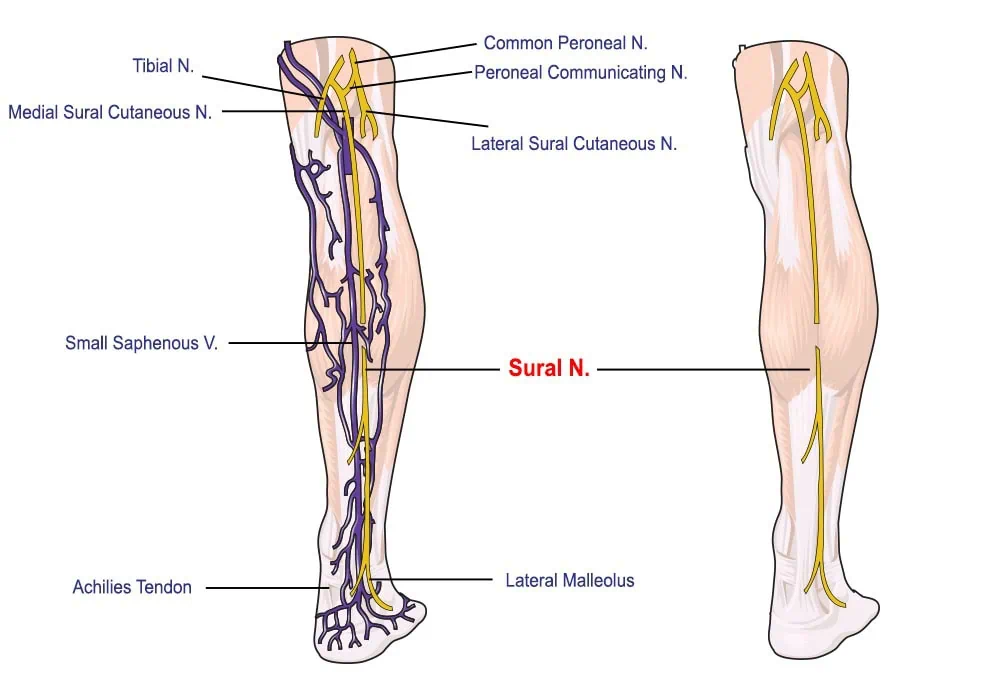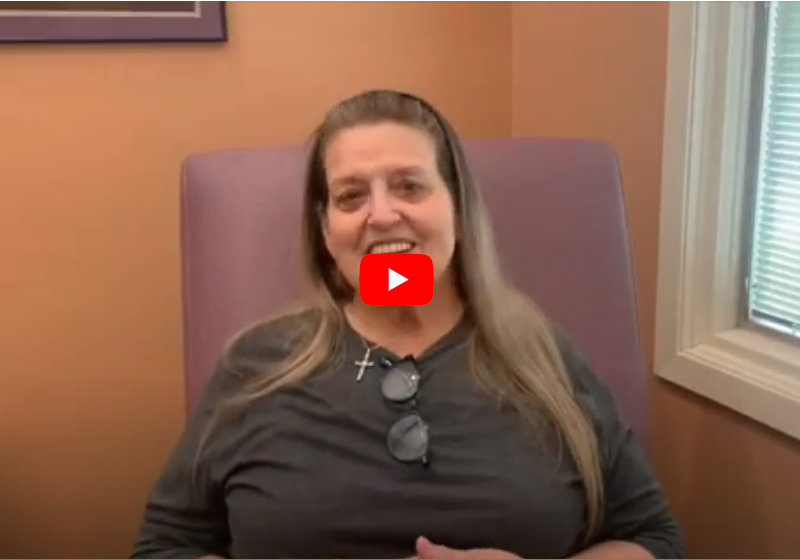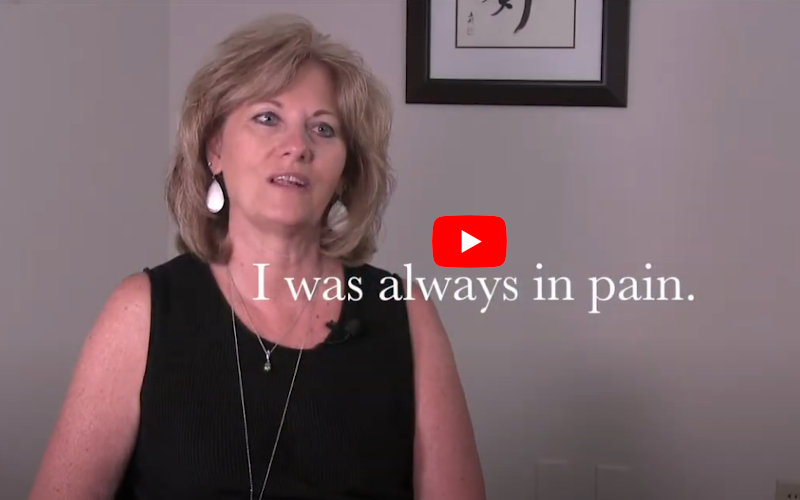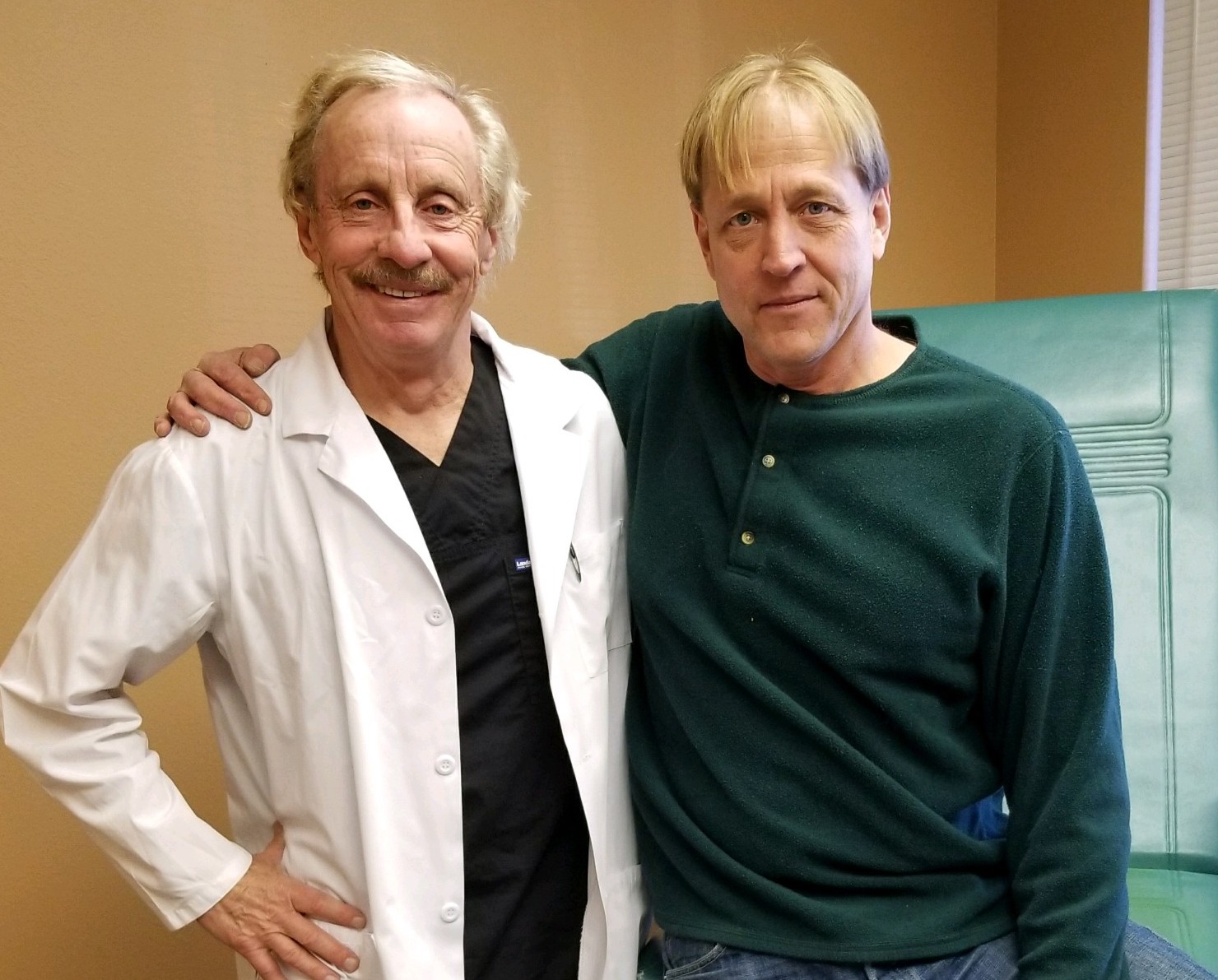
Don’t be Fooled!
Sural nerve pain is a common problem that is overlooked or misdiagnosed by doctors. Your lower extremity, such as your back, can be a common guess for the source of your pain. Typically, this is not the case for most, and it’s important to investigate further for those whose nerve pain may be a mystery.
What is the sural nerve?
The sural nerve is a sensory nerve which means it does not supply to any muscles. For example; if you were to injure yourself, there would be no loss of muscle strength. Within the leg, the sural nerve has different origins, but in the foot, it supplies feeling to the lateral (outer) side of the foot near the small toe. On its pathway to the foot from the leg, it travels down the back of the calf and/or outside of the leg. The sural nerve’s origin may be from the common peroneal nerve, which is the main branch that supplies the top of the foot.
There are other potential origins of the sural nerve. One may be that it originates from the tibial merch, which is that main nerve that supplies the bottom of the foot.
There is also the potential that it may originate from both locations. The diagram visually demonstrates how both origins merge together to form one nerve, the sural nerve.
Location of Pain
The pain created by this nerve can be along any of the locations noted in the diagram above. There may be symptoms of burning, tingling, or numbness on the outer side of the leg. Additional locations of pain may be along the calf, or on the outside of the foot towards the small toe.
Causes of Sural Nerve Pain
Trauma: Different forms of trauma can be a leading cause of sural nerve pain. Trauma such as ankle sprains can create significant pulling and traction on the nerve. Ankle fractures involving the fibula may also traumatize this nerve. Direct impact to the nerve from being kicked, falling, or an accident, may also cause pain.
Entrapment: There are areas along the nerves pathway that may become entrapped, causing more pressure on the nerve. This is much like carpal tunnel syndrome in the hand.
Trauma From Surgery: This is a common cause of chronic pain CRPS (Complex regional pain syndrome). Chronic pain is in the news because of the opiate crisis in America. It is sad to face the truth that many are using, abusing, and dying because of overdose. Sadly, some of these patients’ pain could be related to this painful nerve branch. Various surgeries in the ankle and leg can injure the sural nerve, resulting in sural nerve pain. Here are some examples:
- Heel Fractures: When the heel is fractured, surgery is performed on the outer side of the heel bone which is adjacent to the pathway of the nerve. Most surgeons know to avoid the nerve, however, even when good technique is used, a scar can occur which irritates the nerve. The nerve can become entrapped, and tangled in the scar.
- Achilles Tendon Repair or Lengthening: Any surgery that is performed on the achilles tendon to repair or lengthen the tendon, places the nerve at a risk for injury.
- Ankle Surgery: Any surgery of the ankle, especially for an ankle fracture, may also cause injury to the nerve.
Treatments
Avoid pain medications and anti-inflammatories! Why? Because these do nothing to identify or rid the main issue. In fact, if you suspect you have a sural nerve injury, and medication is your treatment, you may want to consider another professional opinion.
Physical Therapy: A deep massage or other techniques may be useful to break up scar tissue from around the nerve, especially if scar tissue is a part of the problem. In some cases, stretching may also be useful.
Cortisone Injections: Cortisone injections serve two purposes. They are used to identify the exact location of the injury to the nerve, and in cases where the pain is not severe, they may solve the problem
Surgery
Nerve Decompression Surgery: If the nerve is entrapped, surgery may be performed to release pressure on the nerve.
Nerve Resection: If the nerve is severely damaged from previous surgery or trauma, the nerve may be removed. These procedures are done in the lower leg, and the nerve ending that remains is buried into muscle to inhibit regrowth.
With a surgical approach, patients may ambulate within days. Again, this is because the nerve does not supply any muscle, therefore no functional impairment.
So, if you’re having a challenge with nerve pain in your leg that cannot be resolved either by misdiagnosis or the common; “it’s your back”, you may want to consider the sural nerve as the source. Don’t go down the path of many patients who are medicated, or going through back procedures. The root of the problem may be the small but very painful sural nerve!





